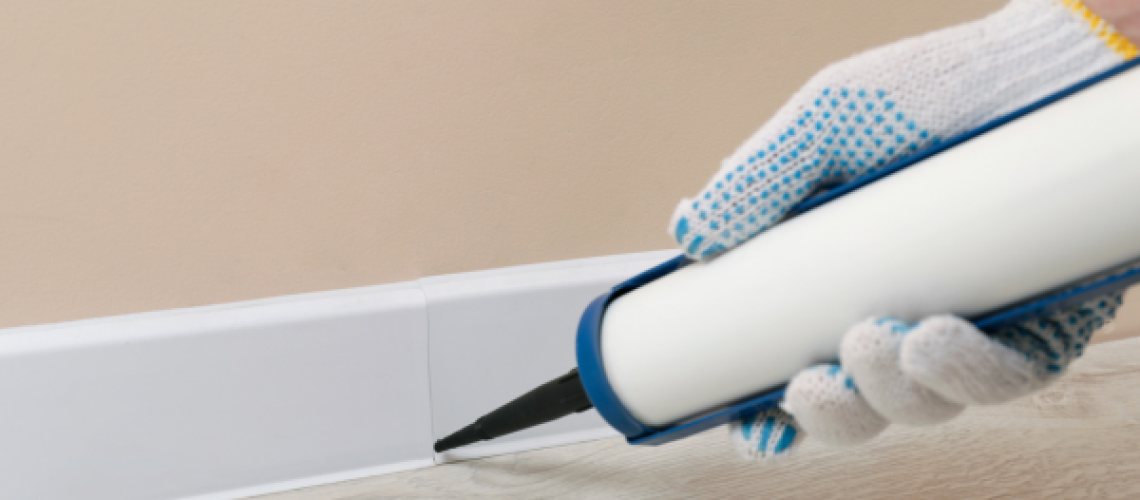What is Chalking?
Chalking, also sometimes called powdering, happens when paint film begins to break down, and it produces a fine, white powder. If you were to touch a painted surface that is chalking, you would see this powder on your hand. It’s most common for this issue to appear in exterior paint or siding. A little chalking usually isn’t a cause for concern, but heavier chalking is a sign that the paint is eroding and is no longer fully protecting the siding material like it should.
There are several causes of chalking. A few causes include:
- Using an interior paint on an exterior surface.
- Thinning paint too much before applying it to the surface.
- Using less paint than what is needed to cover the surface, resulting in too thin of a coat.
- Not sealing or improperly sealing a porous surface.
- Using a lower-quality paint with a high amount of pigment.
- Using an oil-based paint that may chalk more than a latex paint.
There are a couple ways to handle chalking, depending on how much is occurring. If the chalking is relatively minor, you can fix it by washing or power washing the surface with a cleaner designed for exterior surfaces. It may require more than one round of washing to fully remove the powder. Once the powder is removed, rinse the surface, and allow it to fully dry.
If the chalking is more serious and indicates the paint is failing, it is likely time to repaint. The surface should be thoroughly cleaned and dried to remove the powder and to properly prepare the surface before repainting. Choosing a higher-quality paint for this repainting project can also help prevent chalking.
If you see chalking paint and it may require repainting, JMJ Painters would be honored to partner with you to solve the issue. We offer free estimates that you can conveniently schedule online or by calling us at (612) 255-3351.

